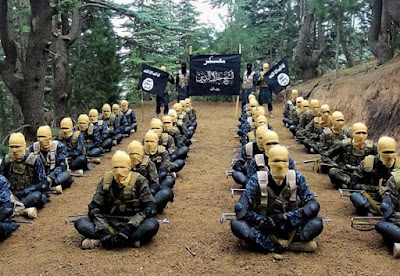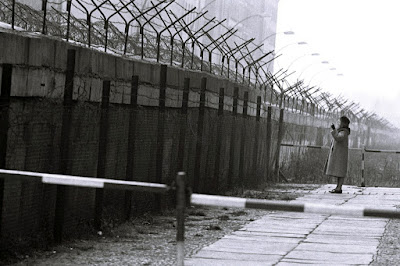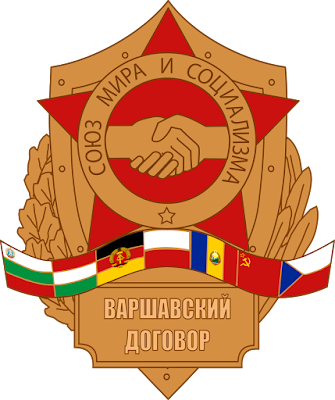Hungary
Hungary was led by a Communist called Mátyás Rákosi. Hungarians hated him for this various reasons: >Losing freedom of speech >Living with the presence of Soviet troops at all times >The Russian language was imposed to them >They had to pay for Soviet forces to be in their country. >They lived in fear of the secret police. June 1956 A group inside the Communist party opposed him. He asked for help to Moscow but they didn't aid him and he was forced to retire. Ernö Gerö became the new leader, he had the same fate as Rákosi since he also had opposition. The communists allowed a new government to be formed with Imre Nagy as the leader. Soviet troops and tanks stationed in Hungary as the war began to withdraw. Hungarians created local councils to replace the Soviet power. Nagy´s government began to make changes: >They would hold free elections >Creation of impartial courts >Priva...


